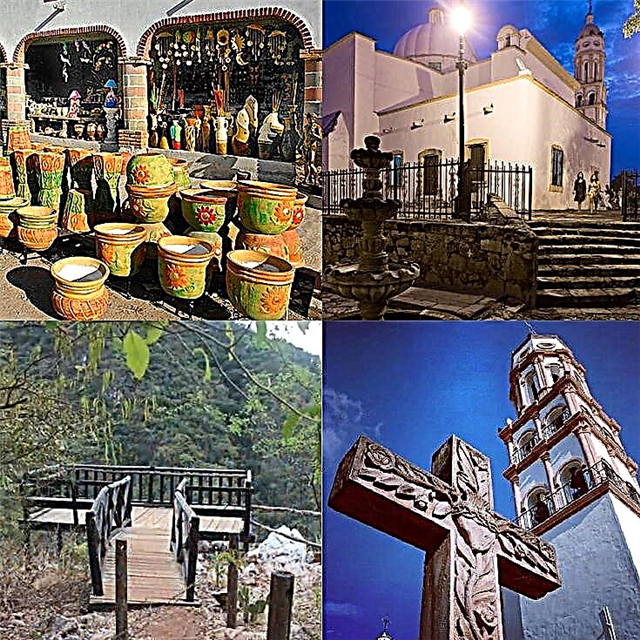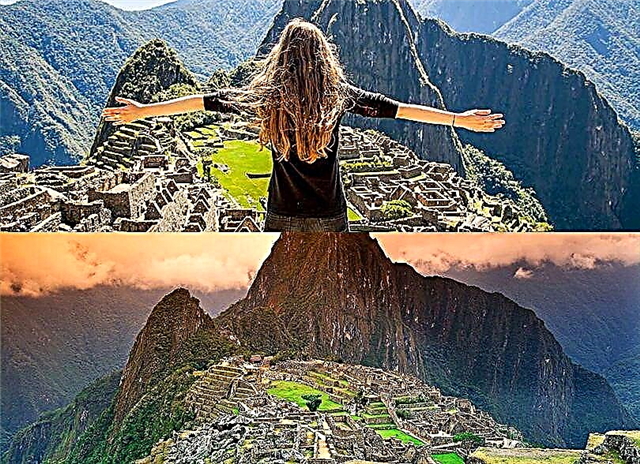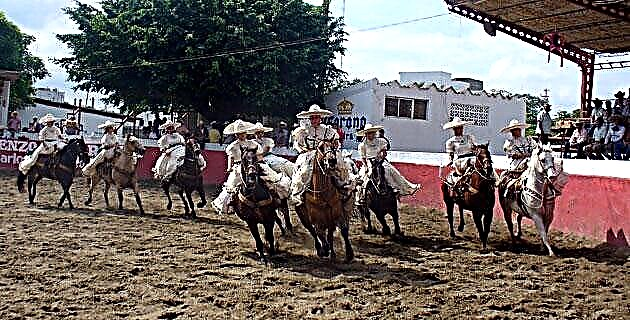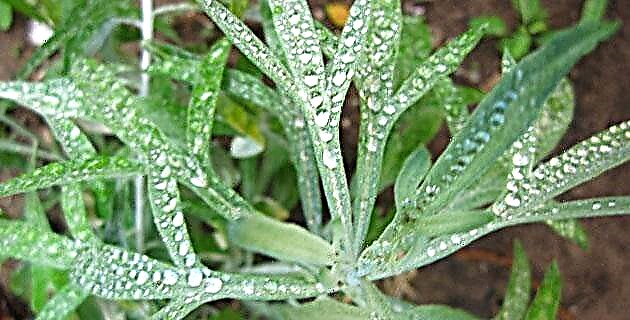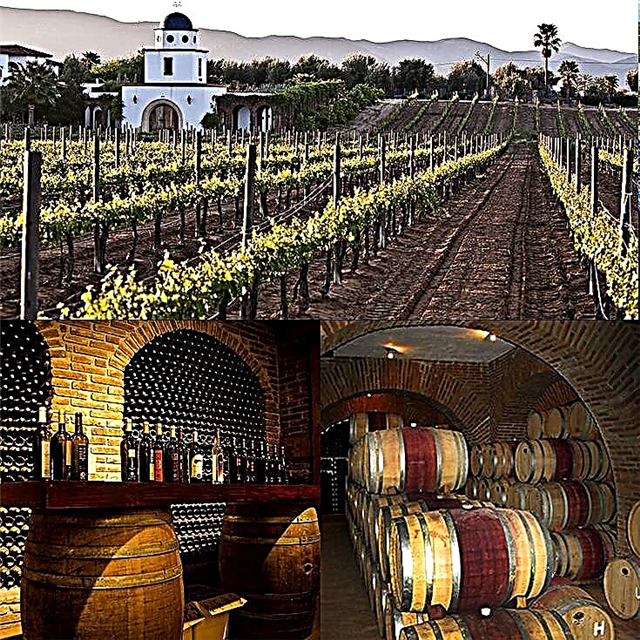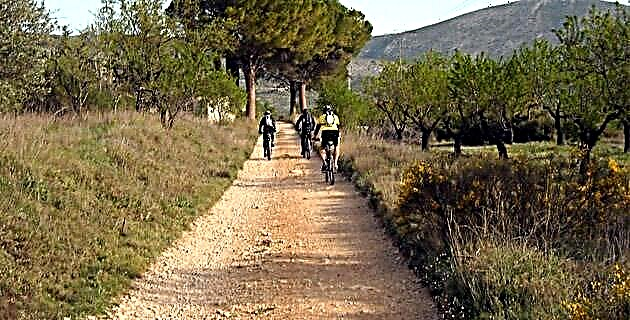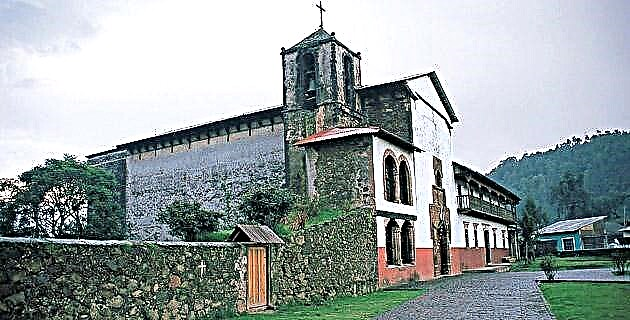
The town of Angahuan, in the state of Michoacán, surprises with the intense smell of freshly cut wood that pervades the entire environment. The picturesque landscape and customs of the place make any tour of this area, neighboring the Paricutín volcano, fascinating.
Angahuan means "in the middle of the earth" and has a predominantly indigenous population, which inherited the traditions and values of the Purepecha empire from pre-Hispanic times. It was founded long before the conquest and its evangelization was carried out by the friars Juan de San Miguel and Vasco de Quiroga in the 16th century.
It is one of those typical small towns of our country that in its traditions and festivals keep alive that atmosphere of sensitivity and humanism, the result of the fusion of the native inhabitants with the Spanish. From this region, the multi-colored shawls woven by women on their backstrap looms are admired, but above all the barn houses are very popular, typical houses that peasants have used for years and that over time have been exported to other parts of the Republic .
Surrounded by such exuberant nature, it can be believed that these austere wooden houses have emerged from the landscape itself; it is logical that where forests abound, houses are built of wood. The most interesting thing about this type of popular construction is the technique and materials used, preserved thanks to the oral tradition inherited from generation to generation.
Typical of localities near the Sierra Tarasca, such as Paracho, Nahuatzen, Turícuaro and Pichátaro, the barn is used as a house-room and to store grain. Made fundamentally with pine, hipped, they are characterized by the richness of the finishes, an aspect that can be seen in the doors, windows and porticoes, all highly ornamented; there are columns carved with a great variety of motifs and beams remarkably worked with a whole world of fantasy that anonymous artists carve on the facades of their houses. By keeping the materials in a natural state, the colors of the wood are in harmony with the tones of the environment.
The barns are formed of thick planks skillfully joined by powerful wooden blocks, without using nails. Its roofs are trestle, whose overhangs form wide portals. The plan is generally square and the elevations only have a door and sometimes a window.
In addition to pine, other hard woods such as oak are used. This is cut during the full moon so that it lasts longer, then it is cured so that the moth, its greatest enemy, does not enter it. Formerly the trees were cut with a manual saw, and even an ax, and from each one only one board was used (mainly from the center) up to 10 meters long. This situation has changed due to the increasing scarcity of the main raw material.
The barns are manufactured by specialized carpenters, but the hands of friends and relatives show solidarity with the efforts of the future owners. By tradition, the man is responsible for construction and the woman only has to finish the oven. This practice has been passed down from father to son, and all have learned to carve and rough wood. Although the family grows, due to the characteristics of its construction, the house will continue to retain its original size: the unique space where you eat, sleep, pray and store grain. The corn is dried in the tapango, a place that can also serve as a bedroom for the smallest of the family.
The barn consists of two main rooms: the bedroom with the tapango and the kitchen, another small wooden hut separated from the first by the interior patio, where people work and celebrate different festivities. There are also two-level barns that combine the wooden structure with adobe massifs.
As a general rule, the furniture is scarce and elementary: rolled duffels that spread out at night like beds, ropes in the corners to hang clothes, a trunk and the family altar, a place of honor in the home. Behind the altar, photographs of living and dead relatives are mixed with religious prints. This type of housing opens onto the countryside or onto an internal patio.
The house embodies the identity of the whole family. In accordance with their traditions, the placentas of the new children are buried under the fire, along with those of the ancestors. This is the center of the dwelling, a place to be grateful for sustenance. Tables, chairs are located here and all the dishes and jugs of daily use are hung on the walls. The bedroom is covered with a panel of planks to form the loft, where the framework of roof beams rests. In this ceiling a hole is left to have access to the upper part of the barn.
The hardest part when building this type of home is the roof covered with shingles, a lightweight material used in place of tiles. For its assembly segments taken from the center of tree trunks are used. This thin fir or fir wood is naturally embedded; It allows the rain to run off and in hot weather it bends and does not sag. Due to the complexity of the whole process, it is increasingly difficult to find this type of roof in the fields of the Sierra Tarasca.
The roof begins with the tympanums, on which the ridge that will receive the side beams is placed. These will support the entire roof formed by the shingle, a work of carpentry that requires great skill to perform a precise assembly, in order to be able to assemble and disassemble it in just two days.
Once the delicate carpentry work is finished, the whole house is waterproofed with special varnishes, which protect it from excess moisture and moths. If the healing work has been good, a barn can last up to 200 years.
In houses like these, smelling of pine, the Angahuan people have woven their dreams and misadventures for centuries. The barn is their temple, the sacred place where they carry out their daily work and the place where they are kept alive in harmony with nature.
IF YOU GO TO ANGAHUAN
You can leave Morelia on Highway 14 in the direction of Uruapan. Once there, take highway 37, heading to Paracho and about 18 km before reaching Capácuaro, turn right towards Angahuan (20 kilometers). There you will find all the services and you can enjoy magnificent views of the Paricutín volcano; the local people themselves can guide you.


